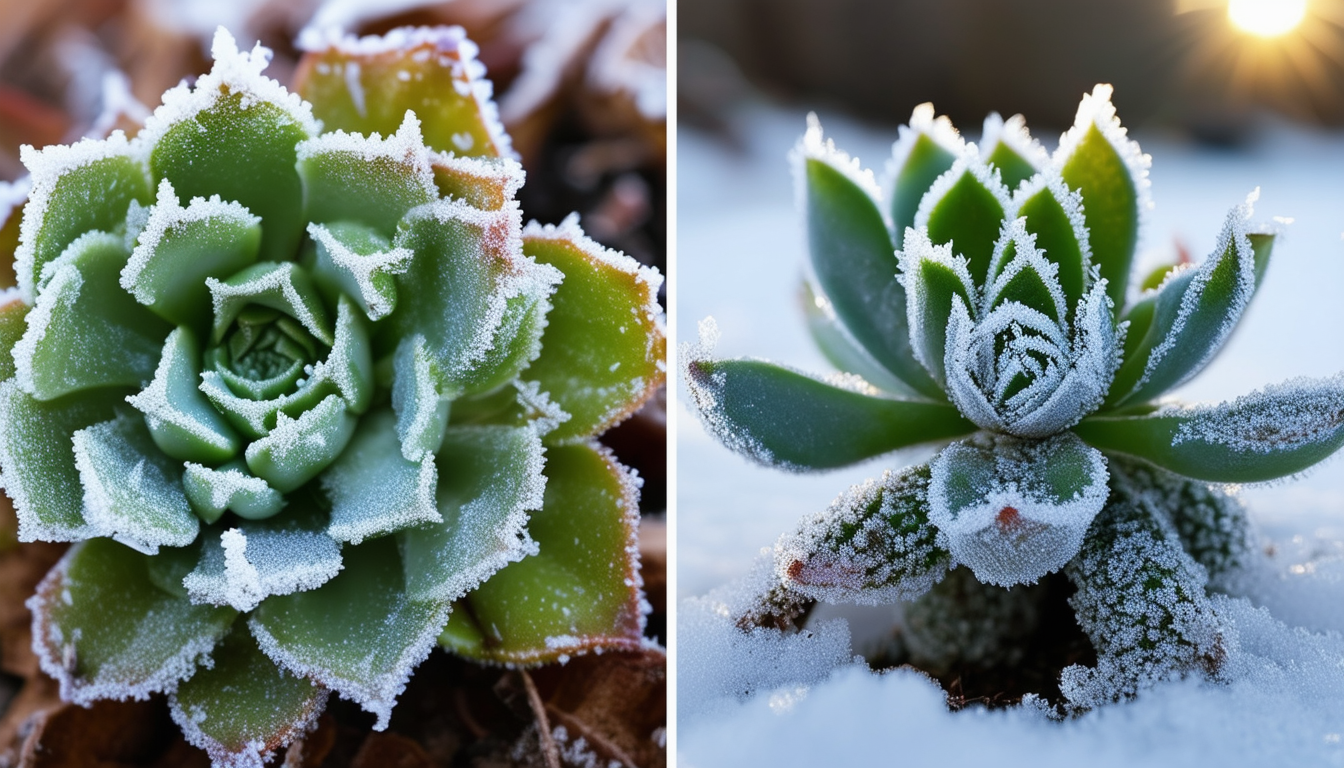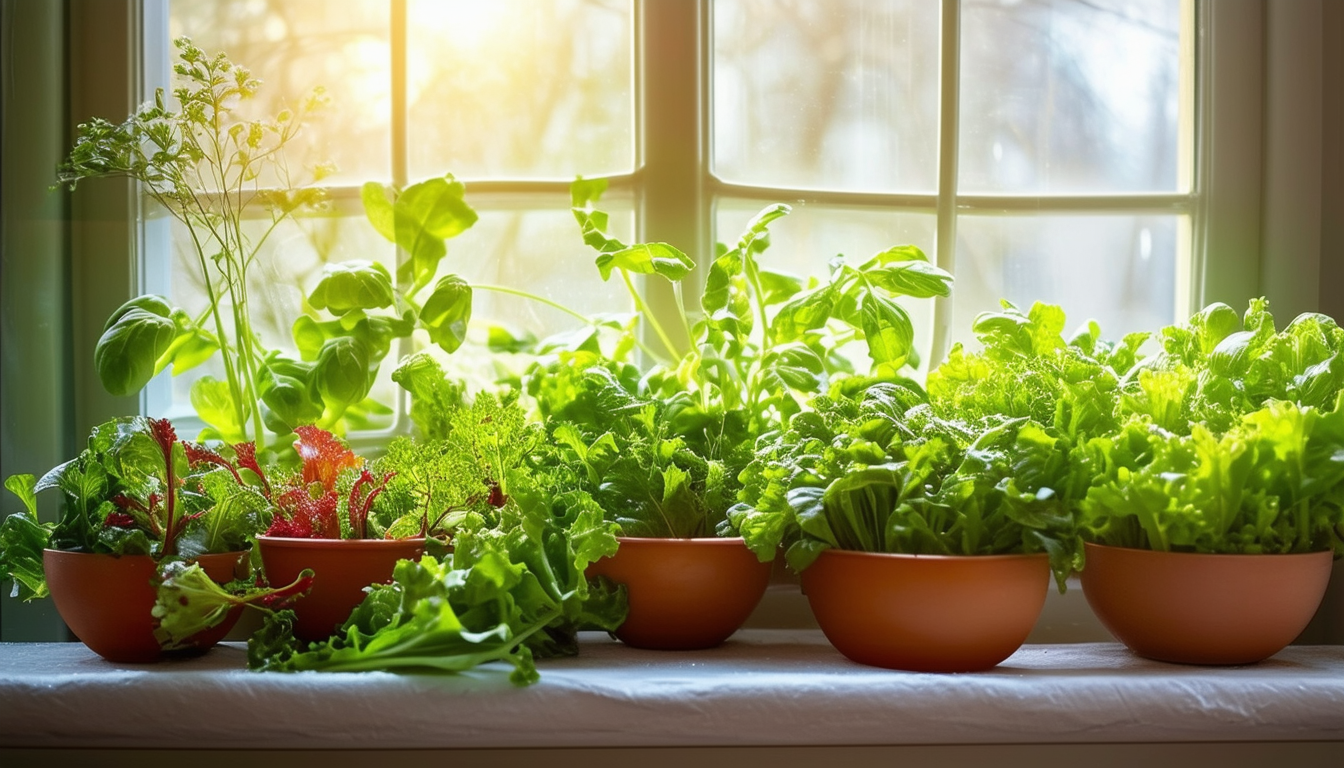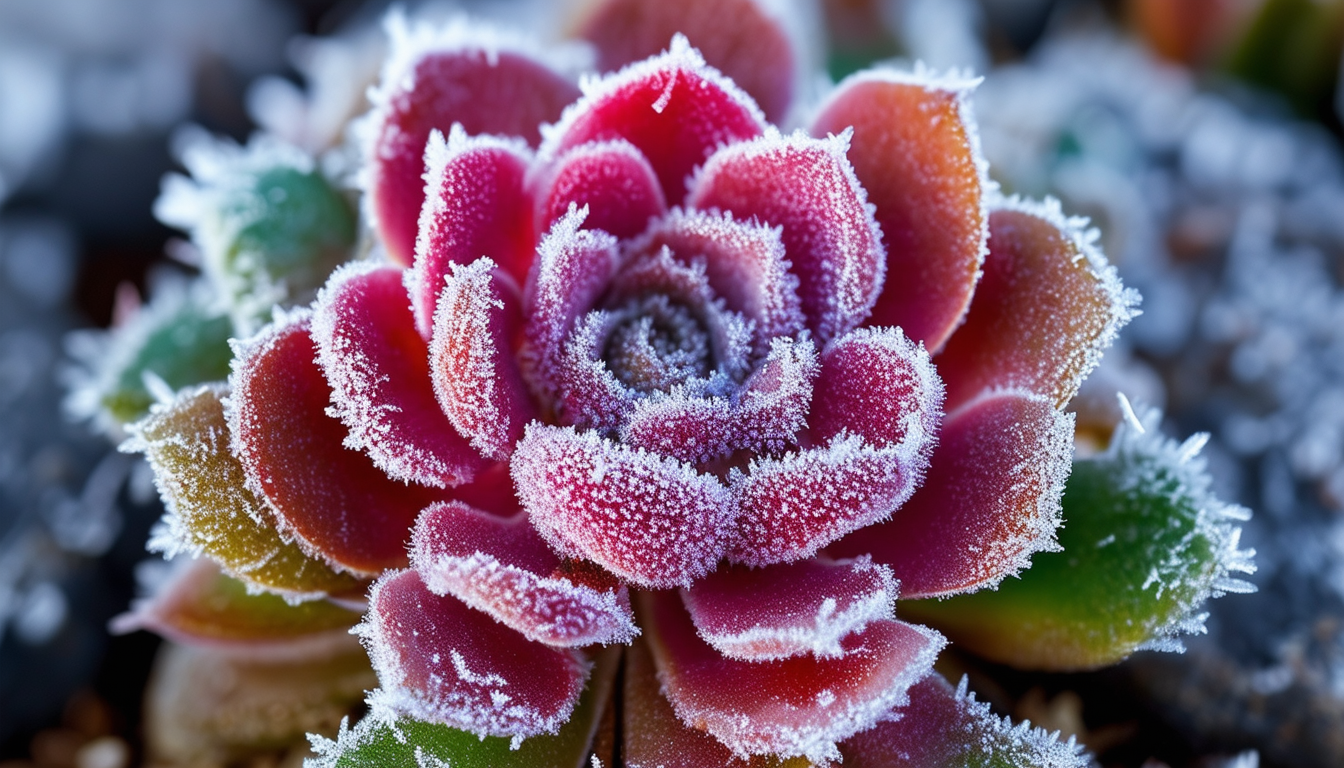
When winter's chill sets in, can your beloved succulents withstand the freeze, or are they destined to perish in the cold?
Understanding Succulents and Their Natural Habitats
Succulents are a diverse group of plants known for their ability to store water in their leaves, stems, and roots. This adaptation allows them to thrive in arid environments where water is scarce. Most succulents originate from regions with warm, dry climates such as deserts and semi-deserts.
However, there are some succulents that come from mountainous regions where they experience cooler temperatures. Understanding the natural habitat of your specific succulent can give you clues about its tolerance to cold.
How Freezing Temperatures Affect Succulents
Freezing temperatures can be detrimental to succulents. The water stored in their tissues can freeze, causing cells to burst and leading to tissue damage. This often results in blackened, mushy leaves and stems, which are signs of frostbite.
Even a brief exposure to freezing temperatures can cause significant damage, depending on the plant's natural cold tolerance. It is crucial to recognize the signs of cold stress early to take preventive actions.
Types of Succulents That Are More Cold-Hardy
While many succulents struggle with freezing temperatures, some are more cold-hardy and can survive lower temperatures. Examples include Sempervivum (Hens and Chicks), Sedum, and certain species of Agave and Opuntia (Prickly Pear). These plants have evolved to withstand colder climates and can often survive temperatures well below freezing.
If you live in an area with cold winters, consider choosing these varieties to increase the chances of your succulents surviving a freeze.
Protecting Your Succulents from Frost Damage
To protect succulents from frost damage, it's important to take preventive measures. One strategy is to move potted succulents indoors or to a sheltered location during cold snaps. If your succulents are planted in the ground, consider covering them with frost cloths or blankets overnight.
Additionally, you can use mulch around the base of the plants to help insulate the roots. Watering succulents in the morning rather than the evening can also prevent the soil from freezing and causing root damage.
Steps to Revive Succulents After a Freeze
If your succulents have been affected by a freeze, there are steps you can take to help them recover. First, move the plants to a warmer, sheltered location to prevent further damage. Remove any blackened or mushy leaves and stems to prevent rot from spreading.
Allow the plant to dry out completely before watering again. This helps to avoid additional stress and gives the plant a chance to heal. With proper care and patience, many succulents can recover from frost damage and continue to thrive.



